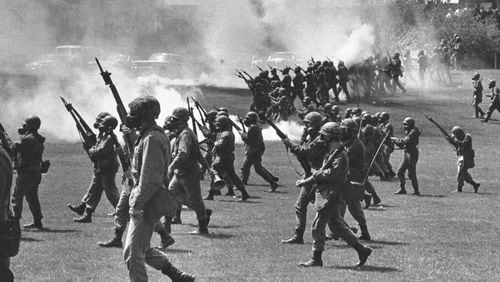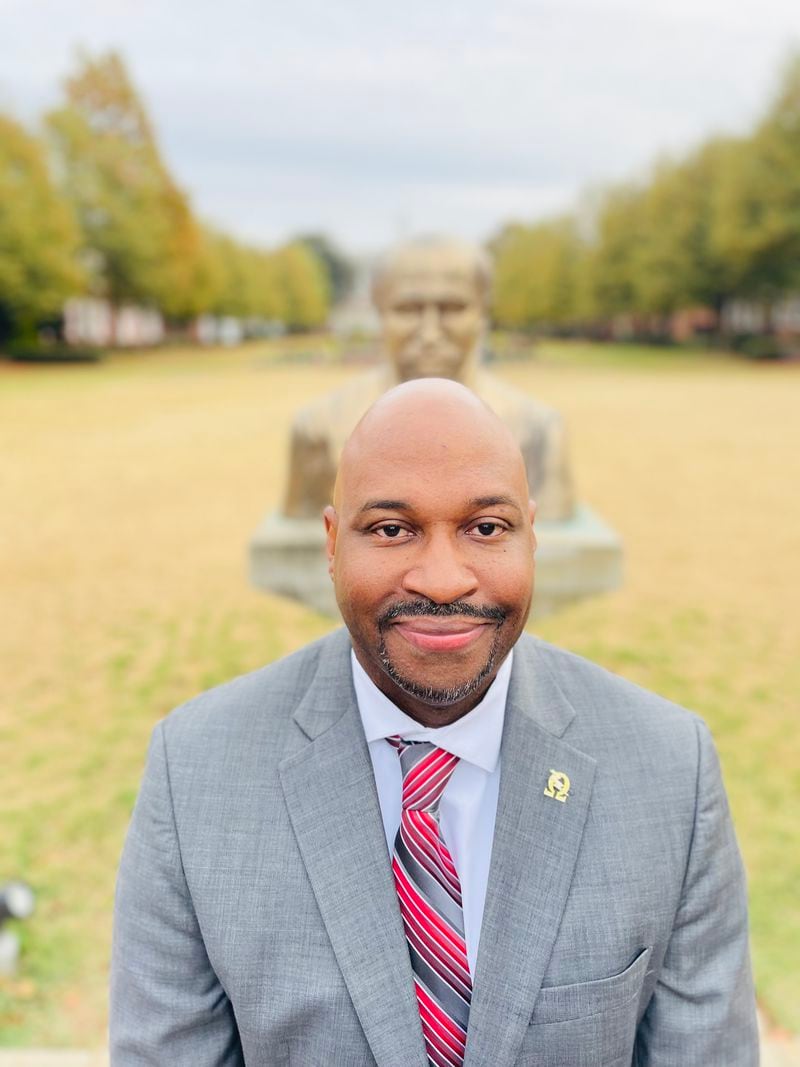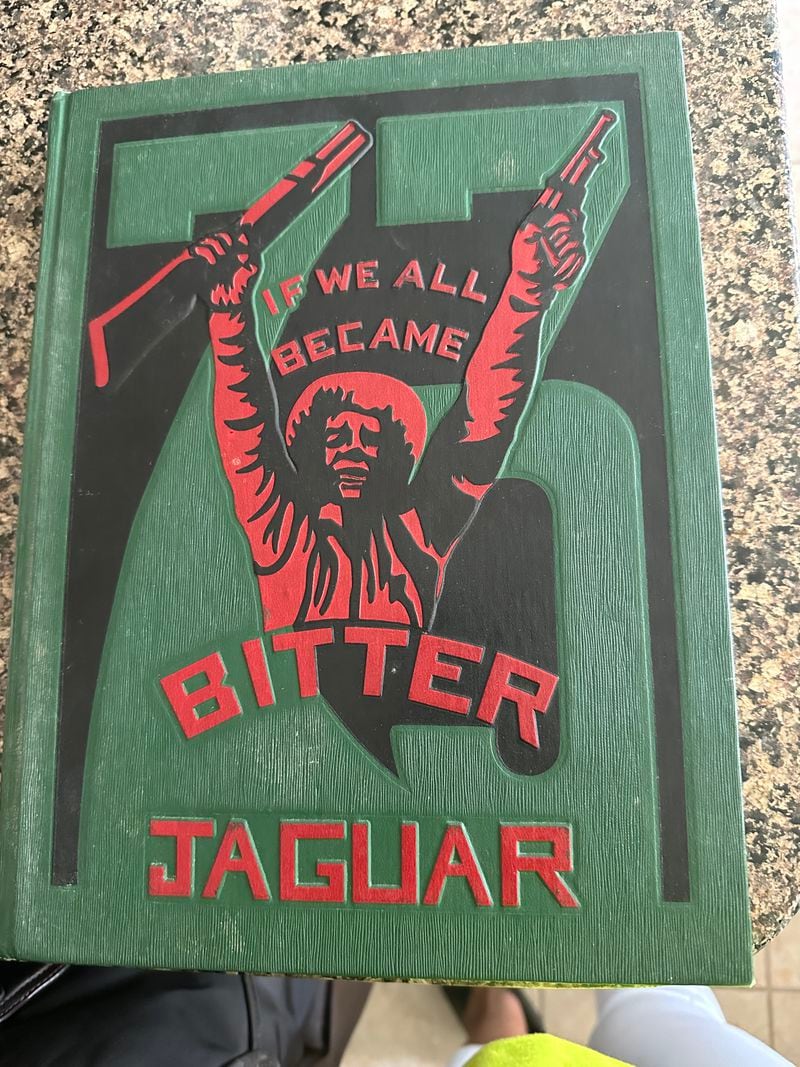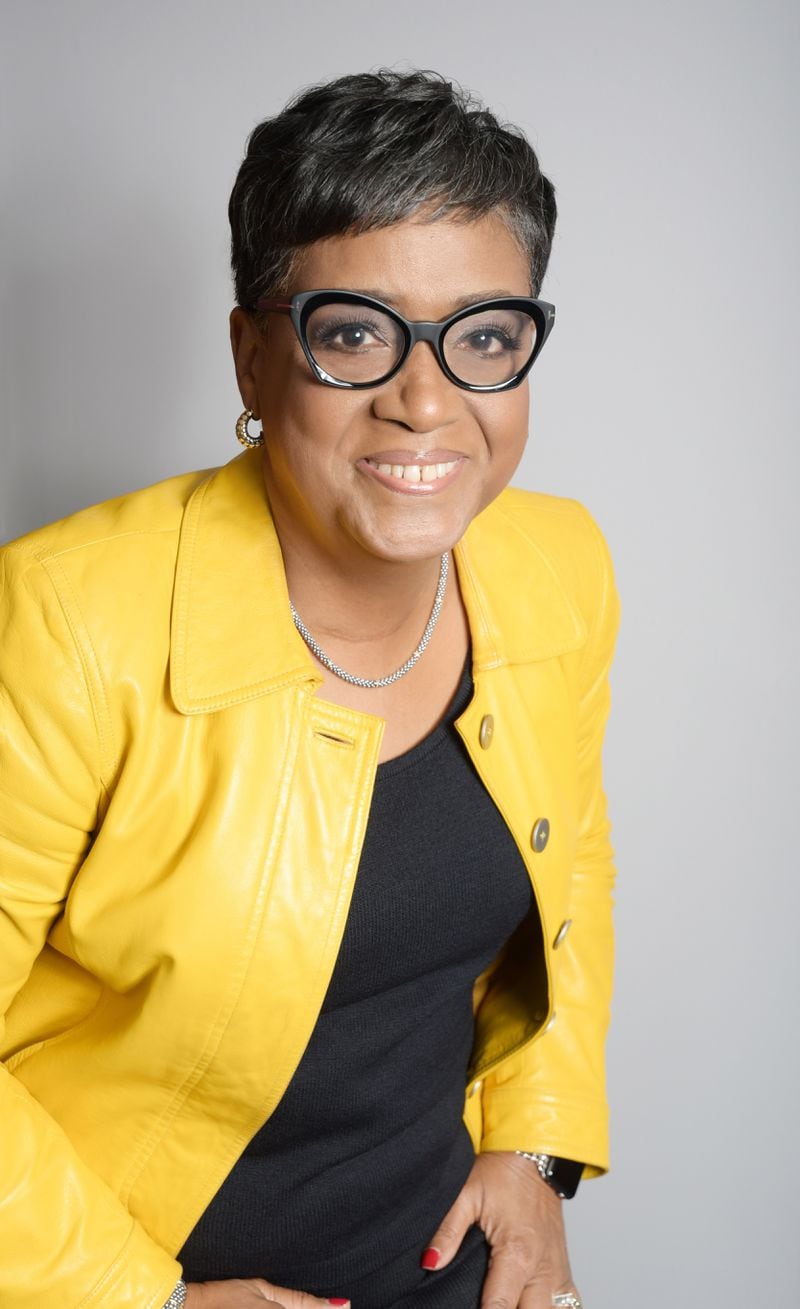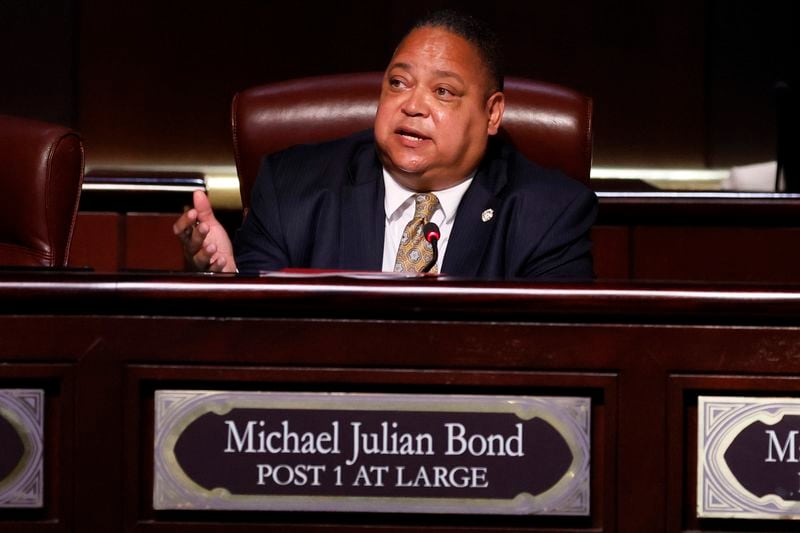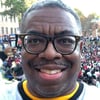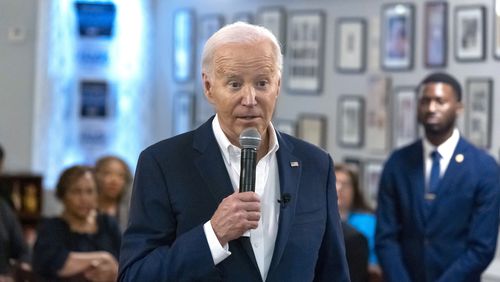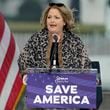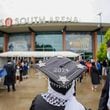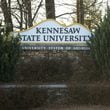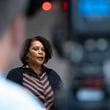Exactly a century ago, in the spring of 1924, students at the historically Black Fisk University walked out.
Their president at the time, who was white, was trying to raise a million dollars by promising gilded philanthropists that the Nashville school would change its liberal arts curriculum to one more geared toward industrial education.
Scholar and social activist W.E.B. Du Bois, who graduated from Fisk in 1888 before moving to Atlanta to teach at Atlanta University, where he wrote the seminal “The Souls of Black Folks,” was outraged.
In a speech on the Fisk campus, he urged the students, many of whom fought in The Great War, to stand up and fight. They went on strike and half the students left.
In his 1975 book, “The New Negro on Campus: Black College Rebellions of the 1920s,” historian Raymond Wolters wrote that while the events of Fisk were not the first case of HBCU students protesting, it served as a crucial part of a broader movement that unfolded in the 1920s.
“These protests were a response to the entrenched, outdated notions of respectability politics prevalent within the Black college system,” said Joseph Jones, an associate professor of political science at what is now Clark Atlanta University. “Du Bois’s address at Fisk served as a potent catalyst, galvanizing much of the dissent during this epoch.”
That president resigned and Fisk continued to be the elite HBCU it is today.
Credit: Jarrod Grant
Credit: Jarrod Grant
The role of higher education
Every day, on the way to his office at Clark Atlanta University, Jones walks past a gleaming gold statue of Du Bois and smiles.
Unlike the activity going on across town at Emory University, across the state at the University of Georgia and next door at Morehouse College, it is rather quiet on CAU’s campus these days.
College campuses nationwide, in response to the United States’ role and policies around the Israel-Hamas war, have become battlegrounds for protests harkening back to the past, while threatening political stability today.
Students have established encampments and, in some cases, taken over campus buildings to protest the war. Many claim inspiration from the country’s long history of activism on college campuses.
“What is important to understand about student protests is when a student comes to college, this is the first time they are exposed to various ideas and ideologies, and they are trying to figure out what is right and wrong with the moment,” said Jones, the director of the Du Bois Southern Center for Studies in Public Policy.
“That is the role of higher education: to have these hard conversations. To have these debates, forcing people to have these conversations on both sides. That is what a vibrant community does,” he added.
As of Thursday night, more than 2,000 people have been arrested on 35 college campuses nationwide since protests began at Columbia University on April 17.
Neither Atlanta nor Georgia has been immune. On Monday, nine students were arrested for criminal trespass by UGA police during a protest against Israel’s war in Gaza. All have been suspended.
Atlanta’s Emory University has also been a major focal point in the national protest scene. Protests have occurred for more than a week, with pro-Palestinian demonstrators calling on the school to divest from and cut ties with Israel amid the ongoing war in Gaza.
Georgia Gov. Brian Kemp said he will not allow “Georgia to become the next Columbia University,” while the Carter Center said Thursday it is “monitoring” protests at universities across the U.S. and Emory in particular, while urging police to avoid “unnecessary escalation.”
A history of protest
Since higher education in the United States was established, up until today, nearly every major social or political event in this country has been marked by student uprisings.
In 1639, just three years after Harvard University was founded, students forced out headmaster Nathaniel Eaton for beating a student too severely and for allowing his wife to serve mackerel with the guts still in them and hasty pudding with goat dung in it.
Over the years, things have become more serious, as students began using their voices to protest against wars in Vietnam and Iraq.
During the Civil Rights Movement, Black students, primarily coming from Black colleges like Fisk and North Carolina A&T, staged sit-ins to protest segregation.
In the 1980s students protested South African apartheid, demanding their schools divest.
And most recently, before the current spate of protests, students have protested over the Black Lives Matter Movement and what seemed like the constant killing of Black men at the hands of police.
A legacy of violence
Several of these movements have also been connected to extreme violence.
On May 4, 1970, four Kent State University students gathered to protest the Vietnam War and the National Guard’s campus presence were gunned down at the school.
After what became known as the “Kent State massacre,” hundreds of colleges and universities shut down, as a wave of student and faculty strikes and protests spread to more than 1,300 campuses.
Two years after the Kent State shooting, in an incident that did not get the same amount of attention, two students at Southern University in Baton Rouge, Louisiana, were shot and killed by police during a campus protest.
Credit: Rosalyn McPherson
Credit: Rosalyn McPherson
“This was 1972 in Baton Rouge which was segregated,” said Rosalyn McPherson, a student on campus at the time. “We wanted an improved Black experience. This was not about Vietnam. We had our own issues to contend with.”
McPherson, the former senior vice president of the Franklin Institute in Philadelphia, said she still remembers tanks rolling through campus and the trauma behind the killings.
“It was really horrible to watch and be a part of people being shot for simply speaking their minds. They were not doing anything violent. It was certainly less violent than what we are seeing on the news today,” she said. “It added to the growing anger of being made to feel like a second-class citizen. But when I watch what is going on now, we have not escaped this stuff yet.”
Credit: Rosalyn McPherson,
Credit: Rosalyn McPherson,
‘We were laser-focused’
Monitoring the Atlanta protests from his office in City Hall, and armed with lived experiences, Atlanta City Councilman Michael Julian Bond said these movements can be effective if done correctly.
Bond, the son of politician and political activist Julian Bond, was arrested with his father in 1985 in Washington, D.C., for protesting against South African apartheid.
Credit: Miguel Martinez/AJC
Credit: Miguel Martinez/AJC
“I think at the time I was more familiar than most with the different human and civil rights issues, because of who my father was,” said Bond, who was a freshman at Morehouse at the time of the arrest. “It felt like it was a rite of passage. It felt like I had stepped up and it seemed like an appropriate sacrifice to make.”
Bond said while he applauds the spirit of today’s college protest movement, he is concerned about the protestors’ focus and the support behind them.
“You can see and feel their passion for what they are doing, but they don’t have the level of planning and support outside of the campus for real-world results,” Bond said. “With Gaza, I see that a lot of issues seem to be conflated. This is different from the Atlanta Student Movement or divesting from South Africa. We were laser-focused.”
Of Atlanta
While it remains unclear what will happen, some have called on Morehouse students and faculty to stage a protest on May 19 when President Joe Biden delivers the HBCU’s commencement address. Some have been critical of Biden’s support of Israel in its ongoing war against Hamas.
If a protest happens it will not be without precedent. Atlanta’s HBCUs have a long history of participating in social justice movements and protests, to the point of shifting history.
Martin Luther King Jr., who was overly cautious about participating in demonstrations in Atlanta, was almost bullied into marching with Black students from the Atlanta University Center in 1960, to protest segregation in downtown department stores.
King was arrested and sentenced to six months of hard labor. John F. Kennedy, a Democrat running for president, contacted the King family, and his brother Robert Kennedy worked to get King immediately released. The Kennedy call was credited with swinging many Black voters to Kennedy’s campaign, helping him win the presidency and aligning Black people with the Democratic Party for generations.
In recent years, local students have been involved in Black Lives Matter demonstrations to protest incidents like the death of Michael Brown in Ferguson, Missouri.
Not all of the protests have been well-received.
In 2016, former U.N. Ambassador Andrew Young called Black Lives Matter protesters involved in an effort to occupy the Downtown Connector “unlovable little brats.” The former mayor later apologized for the comment.
In 2020, many of Atlanta’s HBCU students were active in protests after the George Floyd killing.
A year later, several dozen students protested outside Rush Memorial Congregational Church at the Atlanta University Center for improved student housing, more school funding and student loan debt relief. The church is also where HBCU students organized demonstrations in 1960 that led to King’s arrest.
In 2010, the City of Atlanta, led by Bond, named a street in honor of the 1960 student demonstrators.
“The activism of young adults is a good signal of these groups becoming invested in the future of our country,” Bond said. “Regardless of what they may be protesting, for or against, the activity is welcome. It is a good sign that they will be engaged.”
A moral clarity
Jones said college students represent the one segment of society that can reasonably be expected to protest against what they perceive as injustices. And quite frankly, he said students are the one segment that has time to do it.
“Most don’t have jobs or responsibilities, so they have a lot of free time and strong convictions,” Jones said. “Most major movements are led by students, who can put themselves in harm’s way and take unpopular stands without any real repercussions.”
Jones is cautious about how today’s protests will play out, mainly over timing and logistical reasons. Exam season is near, followed immediately by the summer break.
“Students are going to be going home,” Jones said. “It will be interesting to see if there is any continuity when they come back. If so, this could be a problem. Twenty or 30 years from now, we might be celebrating these students for their moral clarity.”
About the Author
Credit: AP
